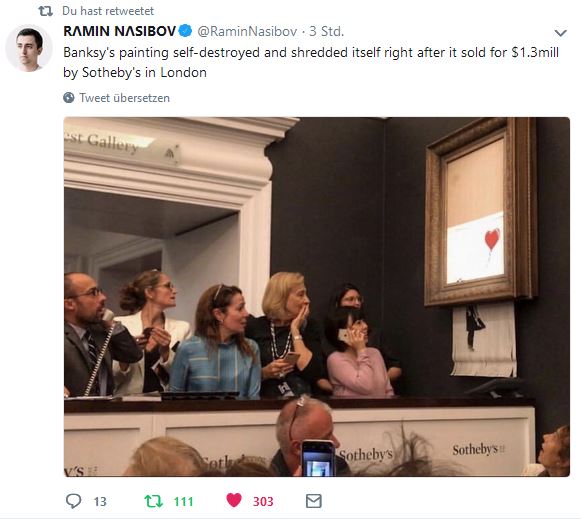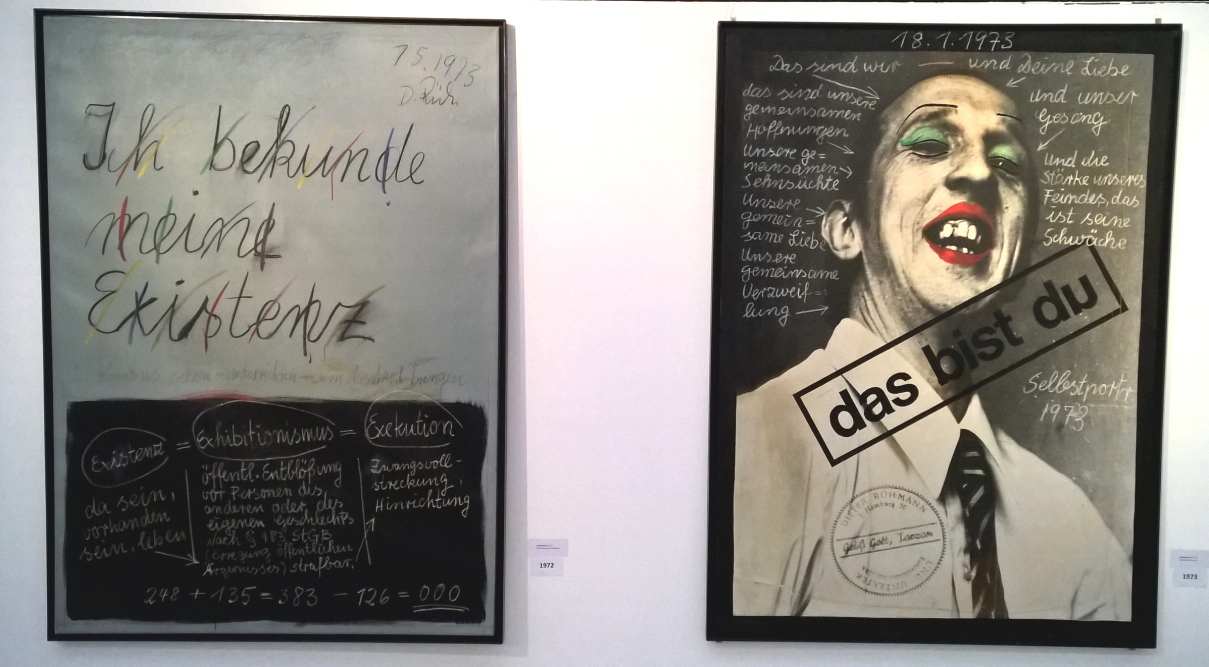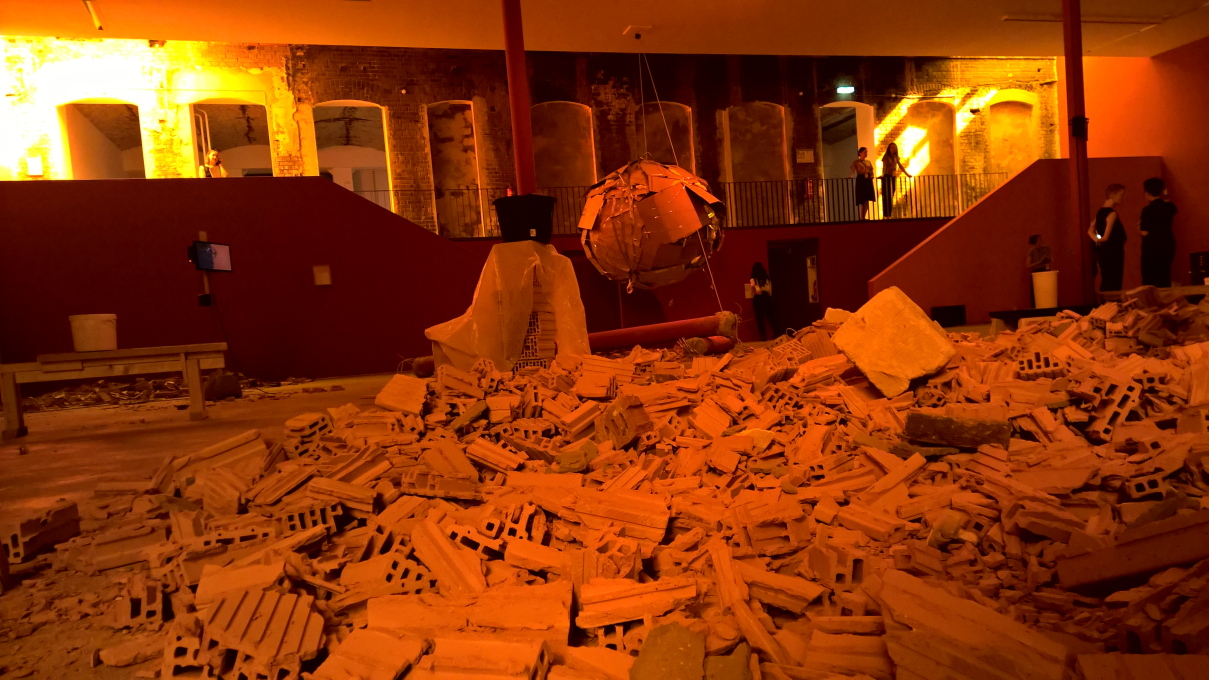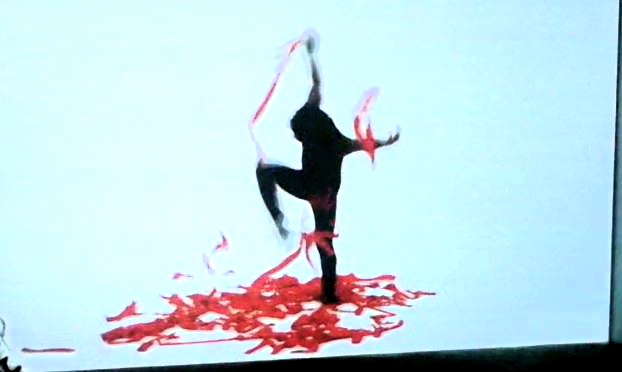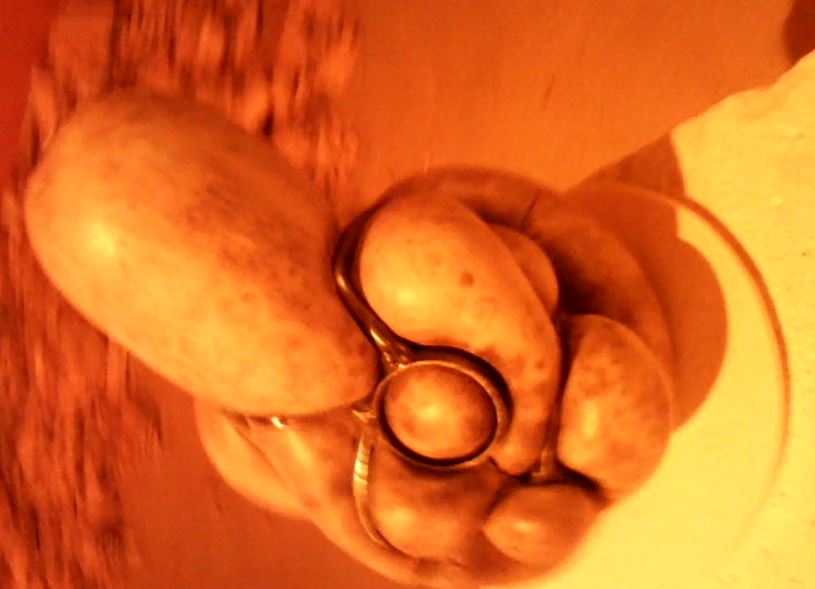Eine neue Installation von Knut Eckstein trägt den Namen Wild Strawberries – Номенклатура (kyrillisch: NOMENKLATURA) und ist bis Anfang 2020 über dem Teich des Klosters Gravenhorst zu besichtigen.
Nach der vorausgehenden Rezension von Political Affairs – Language is not innocent (Mai 2019) steht es dort in einem Fernkontext zu den dort ausgestellten Lichtobjekten.
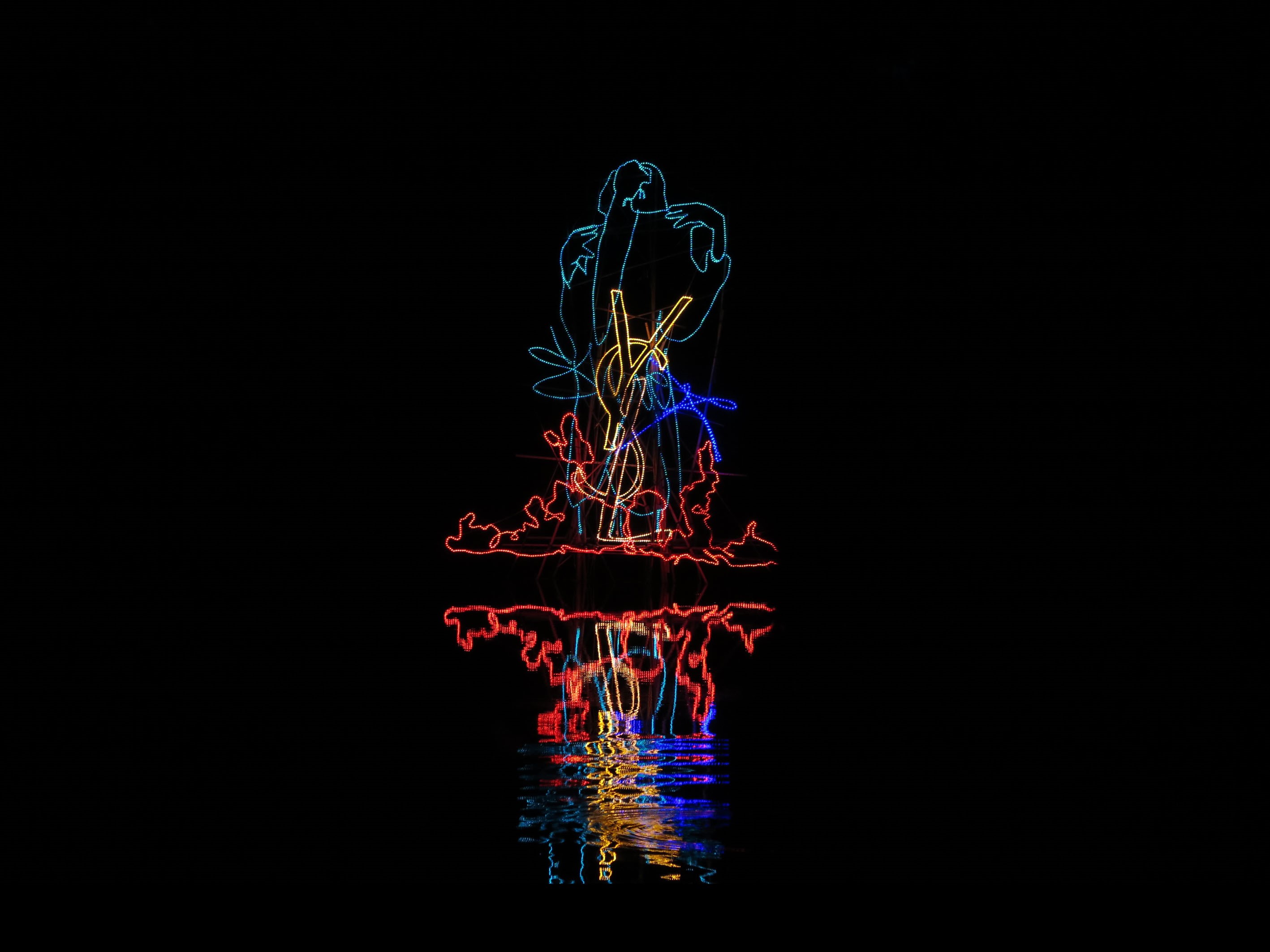
Knut Eckstein: Wild Strawberries – Номенклатура, Kabellicht und Bambus, ca. 8x5x3 m, im Rahmen der SAISONALE* – temporäre. Foto: artist
Die ineinander verschränkten Großbuchstaben Y, S und L sind das Markenzeichen des Modeschöpfers Yves Saint Laurent und leuchten bei Dunkelheit über einem stilisierten Feuer. So zeigt sich, dass oft schon ein passender Name geschäftlichen Erfolg oder Misserfolg begünstigt, vor allen Dingen, wenn die Idee der Schöpfung schon in der Berufsbezeichnung vorhanden ist. Die stilisierten Flammen unter dem Logo erinnern nämlich auch an die hinduistische Hauptgottheit Shiva, die Gutes und Segen gewährt und zugleich Zerstörung stiftet. Doch bewirkt Feuer neben Vernichtung auch Erneuerung, denn wenn es gezähmt ist, kann mit seiner Hilfe die Zivilisation befördert werden.
Beachtenswert ist zudem die Gestalt der stilisierten Flammen. Ihre Formen ahmen die Umrisse Europas mit seinen Inseln und Archipelen nach und sind an der im Freien aufgestellten Installation besonders gut bei Dunkelheit zu erkennen. Insofern ist es wichtig zu wissen, dass die Installation das ganze Jahr über und damit auch im dunklen Winterhalbjahr zu sehen sein wird. Das Bild des Leuchtens und Glühens unter der Buchstabengruppe ist auffallend, wobei man sich klar machen sollte, dass Y, S und L eben nicht nur die Initialen des Modelabels YSL sind, sondern durchgestrichen auch die Währungen Yen ¥, Dollar $ und Pfund £ repräsentieren. Diese Ähnlichkeit der Zeichen lässt daran denken, dass heute Geld ganze Kontinente zum Glühen bringen kann. In Zeiten von Klimaerwärmung und Konjunkturüberhitzung treffen die symbolisierten Phänomene auch ganz wörtlich in politischer Hinsicht zu, bis der Druck auf Besitztum und Vermögen groß genug geworden ist, so dass die enormen Ressourcen auf zivilisatorisch verträgliche Gleise gesetzt werden können.
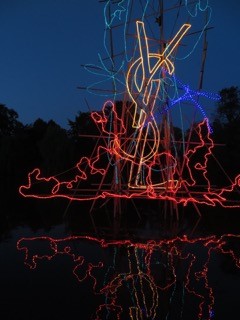
Knut Eckstein: Wild Strawberries – Номенклатура, Kabellicht und Bambus, ca. 8x5x3 m, im Rahmen der SAISONALE* – temporäre. Foto: artist
Die Installation Wild Strawberries – Номенклатура ist bis nächstes Jahr (2020) im Teich des Klosters Gravenhorst zu besichtigen.
Kloster.Garten.Kunst – Klosterstraße 10
48477 Hörstel, Nordrhein-Westfalen, Germany

